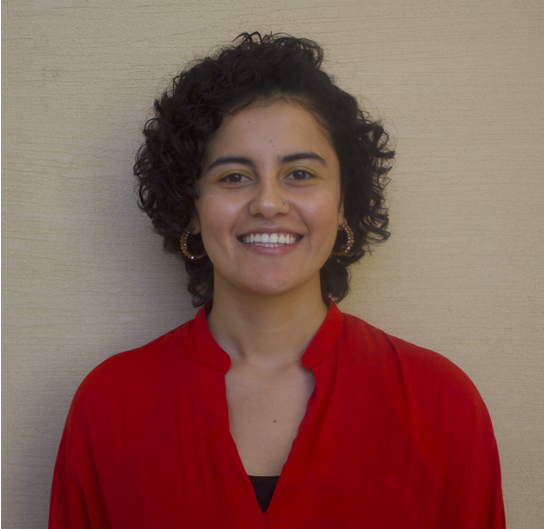Introducing BIIN’s new Director, Vannessa Rivera
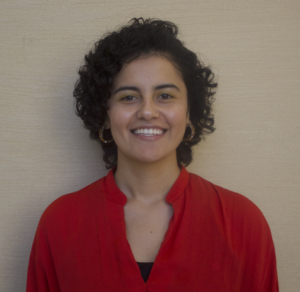 To pursue its mission, BIIN relies on the skills and gifts of many people: staff, board, volunteers, donors, community partners and clients. Having benefited for many years from the steady leadership of Jaimi Washburn, BIIN now begins a new phase of its history, as it welcomes a new director, Vannessa Rivera. A native of Colombia, Vannessa has extensive experience in working with vulnerable populations, using tools and techniques from theater and the arts. To further hone her skills, she came to the U.S. for graduate school in 2021. As she wraps up her master’s degree at Texas A&M, Vannessa is eager to return to full-time community-based work and will assume the director’s role in January 2023. To learn more about Vannessa, her background, experience and what she brings to BIIN, read on.
To pursue its mission, BIIN relies on the skills and gifts of many people: staff, board, volunteers, donors, community partners and clients. Having benefited for many years from the steady leadership of Jaimi Washburn, BIIN now begins a new phase of its history, as it welcomes a new director, Vannessa Rivera. A native of Colombia, Vannessa has extensive experience in working with vulnerable populations, using tools and techniques from theater and the arts. To further hone her skills, she came to the U.S. for graduate school in 2021. As she wraps up her master’s degree at Texas A&M, Vannessa is eager to return to full-time community-based work and will assume the director’s role in January 2023. To learn more about Vannessa, her background, experience and what she brings to BIIN, read on.
Act 1: Living and learning in Colombia
Vannessa grew up in Bogotá, Colombia, in a context marked by protracted civil war and armed conflict. Since the 1960s, political violence had led to the displacement and death of countless civilians, including many women and children. Vannessa recalled her youth in the early 2000s as a time of increased violence in cities such as Bogotá, where she lived with her mother and a younger sister and brother. As the oldest daughter, she shared with her mother care-giving responsibilities for her younger siblings and invested deeply in their well-being and safety.
Describing her teenage years as a particularly “turbulent” time (due to family dynamics and the larger context of conflict), Vannessa said that a saving grace for her came from the intervention of a favorite high school teacher. Observing her aptitude for language and creative expression, he challenged her to work with harder materials in English and to try her hand at theater. She became involved in a school theater group, and this not only brought her joy, but helped her see that the arts provided a way for people to connect and to create new realities together.
Vannessa went on to study political science at the Universidad Nacional de Colombia in Bogotá, a public university that emphasized meaningful practice and community-oriented work across the disciplines. It was there that she had her first taste of community service. Inspired by what they were reading in gender studies classes, Vannessa and some friends set up a meeting with women at a community library in a poor neighborhood, thinking they would introduce them to “gender theory.” However, it soon became apparent that the women were interested not in theory but rather in being able to better support their families. So Vannessa and her friends quickly pivoted to offering art and theater workshops for children during the hours when the mothers worked. By doing theater and art together, they discovered that the children and eventually adults in the community were able to talk about and engage with the horrific realities of domestic and political violence that they were experiencing. This was Vannessa’s first powerful experience of using theater and the arts to serve and support vulnerable populations.
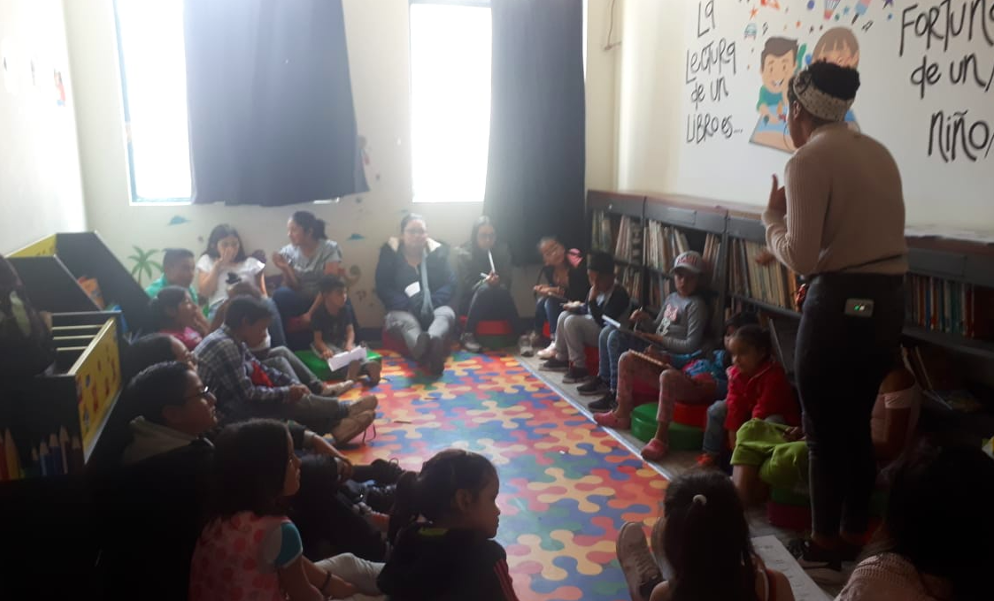
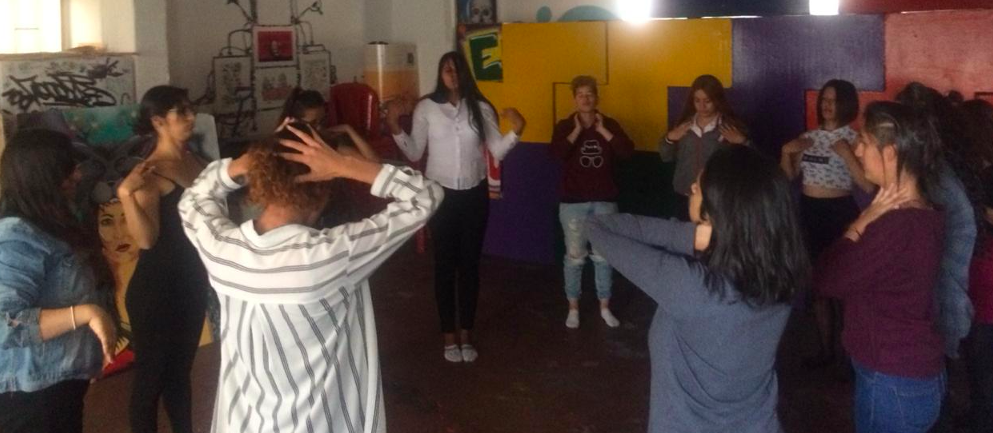
After graduating from college, Vannessa took a job at an international bank, finding the work helpful to paying the bills and to building her skills in English, but ultimately mechanical and repetitive. To feed her soul, she joined another local theater group, “Somos,” and with it, continued to create and perform plays and to offer workshops and performances for youth and adults in impoverished neighborhoods. After leaving the bank to take on a new job as an arts and English teacher, Vannessa was delighted to be placed at a public school in the very same neighborhood where her community theater work had begun. As an educator and an actress, she continued to witness the power of the arts and of theater to enable people from vulnerable populations to express and think through their experiences, and in the process, to build confidence and community. While she loved the work she was doing through the school and the theater group, support for the arts in Colombia was limited, and Vannessa began dreaming of other ways to build her repertoire.


Act 2: Graduate training in Texas
Aware that there was little support available for graduate education in Colombia, Vannessa decided to look into further training and opportunities abroad. After she was selected to receive a Fulbright Scholarship for Artists in 2020, she worked with an adviser to narrow down her options, and finally settled on the master’s program in performance studies at Texas A&M. This program had courses that aligned well with her interests in connecting gender studies and political science to theater. In addition, several faculty members made it clear that they really wanted her to join the program and fully supported her desire to do ethnographic research on community theater in Colombia. While Vannessa also had options to attend other American universities, she chose to come to Texas, in part because the presence of a significant Hispanic population and culture here made it feel like a place where she would feel at home. In January 2021, she arrived in College Station, just weeks before the frigid failure of the power grid during a winter storm.

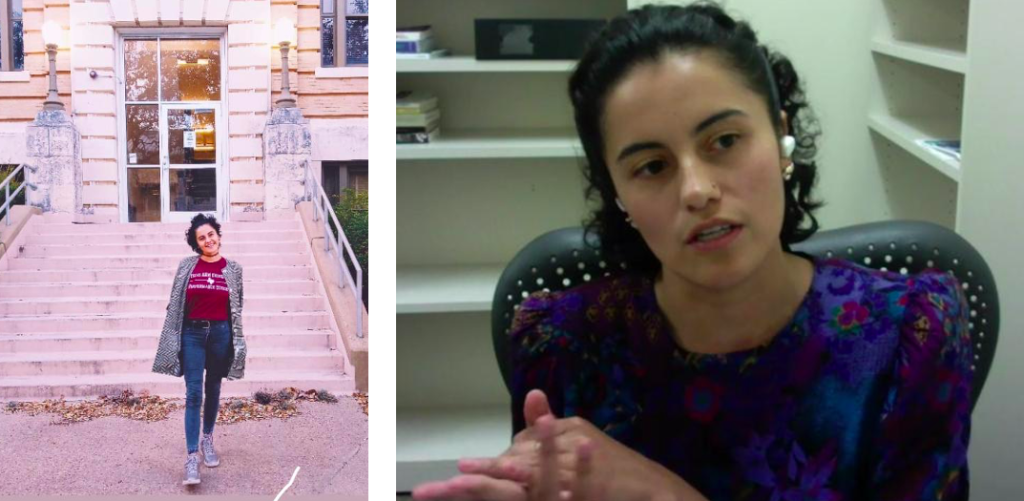
While leaving her family in Bogotá and adapting to being on her own had been hard at first, Vannessa spoke with enthusiasm about her experience in grad school at TAMU. Among other things, she appreciates the interdisciplinarity of the performance studies program. She has found people in her program who recognize that emotions matter as much as intellect for impactful work. And thanks to support she received for her research in Colombia, she has been able to make return visits and stay in touch with people there. In brief, she feels quite positive about what she has gained and learned from this part of her education.
As her final semester at TAMU loomed, Vannessa realized that in order to continue to be effective in bringing theater and the arts to vulnerable populations, it would be helpful for her to gain more experience in nonprofit management. She began to look for roles in organizations that serve the Hispanic community and/or focus on the arts. An A&M faculty member told her about BIIN, and when she looked at the website, she was excited to learn about the opening for a new director. Through the website, she also read the profiles of individuals that BIIN serves, seeing how “their humanity is honored,” and learned more about the programs BIIN offers and its significant reliance on volunteers. Noticing these aspects of the way BIIN works, she said, convinced her that this was an organization that she would be excited to serve and from which she could learn a great deal.
Act 3: Stepping onto the stage with BIIN
Vannessa brings many evident strengths to her new role as BIIN’s director. She is fully bilingual in Spanish and English and moves easily between the two languages. She knows how to connect with people from different backgrounds and will make everyone from clients and volunteers to donors feel welcome at the organization. Her experience in working with vulnerable populations and using the arts to process and communicate about difficult experiences, including displacement, violence and discrimination, makes her particularly eager to listen and respond to the needs of low-income and under-resourced immigrants. As someone who has recently come to the U.S., she fully understands the significance of the services that BIIN offers: she sees how the IRA clinics, English and citizenship preparation classes, and occasional immigration-related workshops, all make a difference for the lives of immigrants in the community. She believes that in addition to providing vital forms of support to immigrants as they seek a better life for themselves and their families, BIIN can help build community – both within its own programs and in the places where immigrants live and work.
When asked about the skills she brings to her new role, Vannessa pointed to three things. First, she said, she is “good at not trying to do everything by myself,” instead being able to work with colleagues to figure out what needs to be done and to divide up responsibility for specific tasks. Related to this, Vannessa likes helping others figure out their skills and know how to use them. She is energized by the prospect of working with a crew of young staffers and with volunteers, pointing out that they “wouldn’t do what they are doing if it were without value to them.” She also prides herself in being organized in everything she undertakes. While recognizing that there is much that she needs to learn, she looks forward to communicating and collaborating with the many people who are crucial to BIIN’s programs and operations.
Thinking ahead to her first months as director, Vannessa intends to put the emphasis on listening, observing and learning from others. She wants to work with staff and program leaders to develop a deeper understanding of how BIIN’s various programs operate, the tasks that volunteers take on, and what specific programs need in order to better serve clients. Recognizing that much of her experience in the community so far has been dominated by her connections and commitments at TAMU, Vannessa is eager to get to know the people that BIIN serves: to hear what their experiences and needs are, and what they bring and could contribute to the organization. She also anticipates working closely with the people who serve on BIIN’s board to better understand their perspectives on the organization’s particular strengths and areas for growth. Only after getting to know the people who contribute to BIIN’s work in various ways, she believes, will she be in a position to help identify priorities for the organization, moving forward.

On the stage, Vannessa Rivera loves the energy and the possibilities of improvisational theater, the process of creating something coherent by listening and responding to what fellow participants bring to the scene. In community work as in the arts, she believes that incredible things can happen when people are invited to work together and are given space to be creative.
How might you help Vannessa, as she steps onto this new stage as BIIN’s director?
What do you know about BIIN’s history, its achievements and its challenges that she might want to better understand?
What do you see as the essential ingredients and parameters that enable BIIN as an organization to move forward?
What insights could you share about the wider community: the people BIIN serves, those who volunteer, and the organizations that have been or might become partners?
What are the gifts and skills that you bring to BIIN?
Whatever it is that you bring to the scene, your contributions are still very much needed and appreciated, especially at this critical juncture.
Vannessa Rivera looks forward to meeting and working with many people as she steps into her new role, in January 2023. Join us in welcoming her to BIIN and in ensuring that our creative collaboration continues to open new possibilities for all who live in our community.
